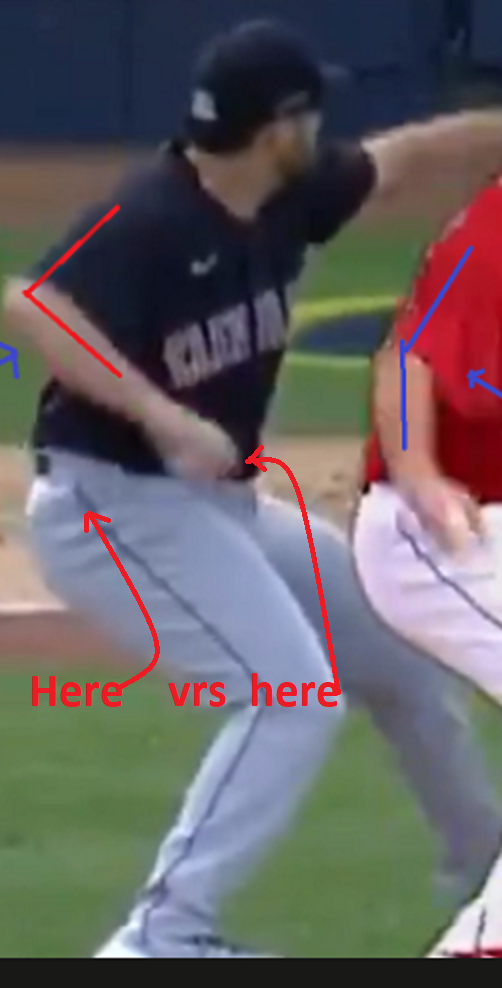You’re literally helping my point by showing the volatility of BABIP even comparing season to season. Also, stabilization has nothing to do with the number staying consistent from year to year.
Plus, I didn’t even say we had to wait for BABIP to stabilize before knowing anything. I actually said we should have a good idea by the end of this year assuming he’s healthy enough to pitch the full season.
I get it, you have no interest in statistical analysis of baseball, but there’s no reason to pretend I’m just making shit up. Whether you’re interested in it or not, these type of analyses have proven to be some of the most accurate predictors we have of a player’s future performance.
I love statistical analysis but I have no idea what you're trying to say.
It seems to me that BABIP is affected by at least four things.
1. Hard hit percentage. More hard hit balls are base hits than weakly hit balls.
2. Defense. Excellent defenders rob hitters of hits and lower the pitcher's BABIP. This fluctuates from year to year and is completely out of the pitcher's control, except for his own fielding.
3. The park. Some parks are more conducive to a higher BABIP depending on size of the park, altitude, temperature, and dryness. Parks that are cold in April and May rob batters of home runs which helps the pitcher's BABIP.
4. Luck. Some seasons a higher percentage of a pitcher's line drives are caught and a lower percentage of bloops drop in.
So I don't see how BABIP ever truly "stabilizes" since the last three factors change from year to year, especially if the pitcher changes teams. A pitcher in his fourth season might have a worse BABIP than he did as a rookie due to a worse defense, a better ballpark for hitters, and bad luck even if he's a better pitcher.
It seems to me that the statistics that are completely based on the pitcher's performance (which is what we should use) are things like hard hit percentage, strikeout percentage, walk percentage, ground ball/fly ball ratio, and line drive percentage. And to some extent, stolen base percentage although that also depends on the catcher.
BABIP is only one component of pitching. In some cases, BABIP is relatively unimportant. Last year Bieber pitched 77.1 innings, meaning he recorded 232 outs. He struck out 122, meaning almost 53% of his outs were by strikeout. A guy like that isn't affected by BABIP nearly as much as a guy who strikes out 15%.
So I don't get what's so important about waiting several years for a pitcher's BABIP to stabilize. Based on the variables that are out of a pitcher's control it's never going to stabilize.
As for Civale, I thought last year was interesting because even though he obviously regressed overall, there was some progress. His hard hit percentage dropped 1.5%. His ground ball percentage increased 4.2%. His K percentage increased 1.8% and his walk percentage decreased 2%.
You'd think that a pitcher who struck out more, walked less, put more balls on the ground, and allowed fewer hard hit balls would improve over the previous year. But Civale's FIP increased from 3.40 to 4.03. The problem, from what I can tell, was home runs. His home run rate doubled, from 0.6 to 1.3 per 9 innings. Despite forcing more ground balls and increasing his strikeout rate he got victimized by more long balls.
It looks like he pitched better in general but made a few more bad pitches that resulted in a lot of runs.
Despite his hard hit percentage dropping by over 4% Civale allowed 10.0 hits per 9 against 6.9 the year before. I have to believe there was a lot of bad luck involved last year. A lower hard hit percentage should result in fewer hits allowed, not 45% more. However, his line drive percentage increased nearly 7%. He must have given up a lot of softly hit line drives.
The key for him this year is avoiding the long ball. If he does that and keeps all his other numbers where they were last year he should have a very good season.
